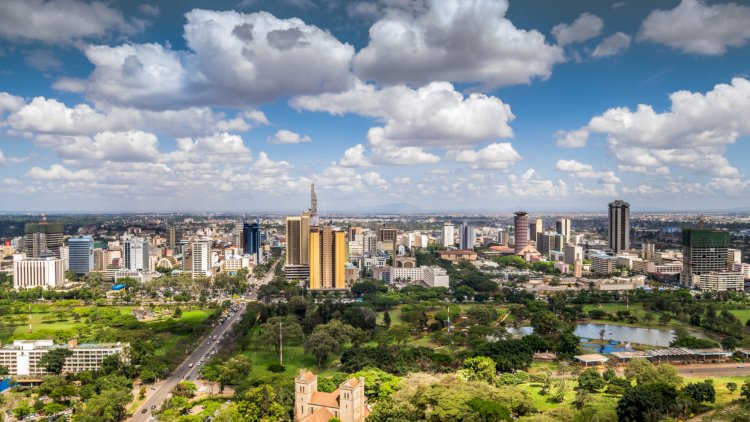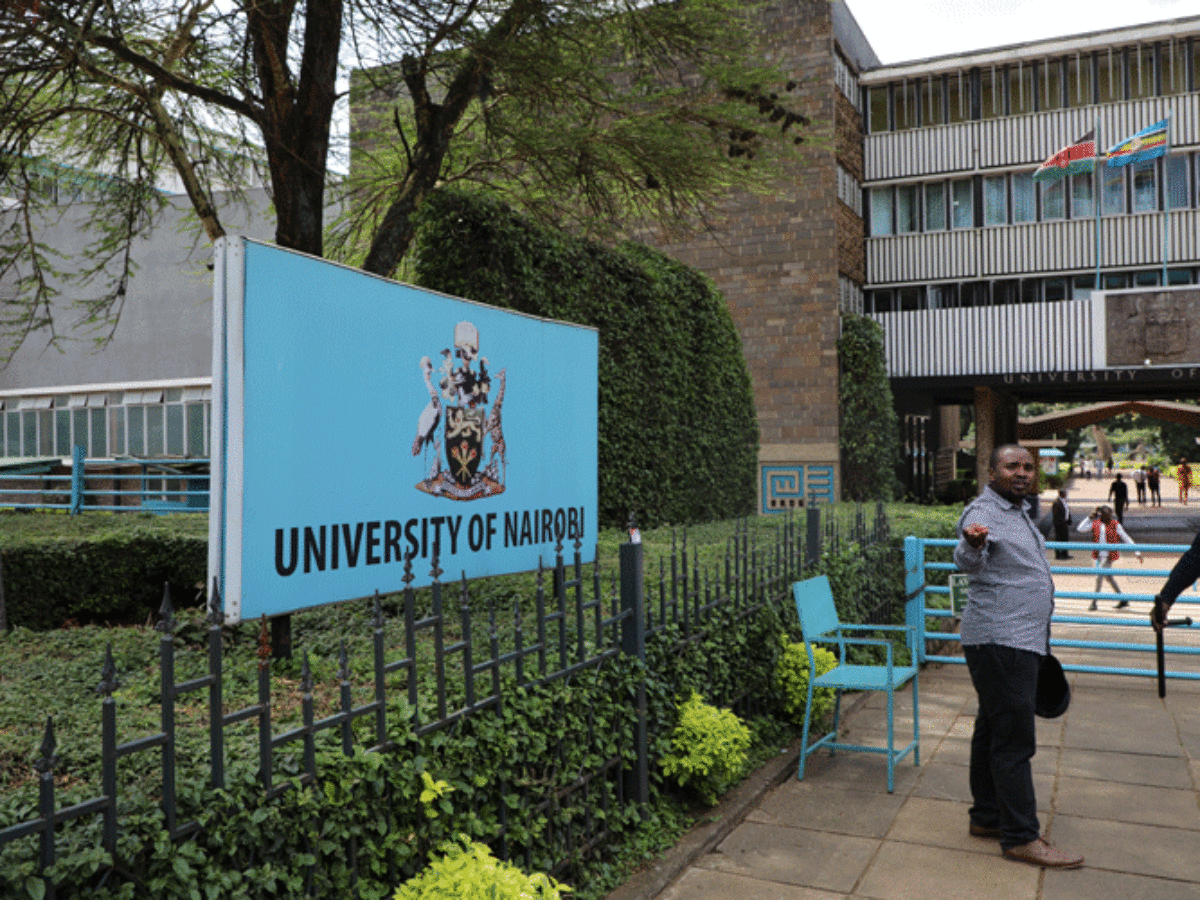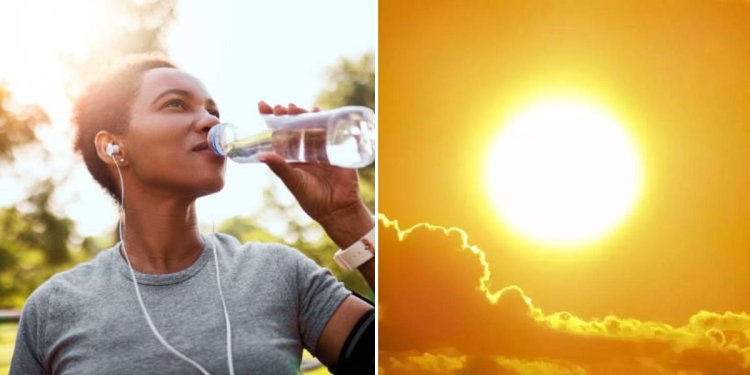UoN Expert On Why Nairobi Temperatures Have Crossed Above 30 Degrees
The UoN meteorologist however indicated that the March period going into April would witness a drop in temperatures with the onset of the rainy season.

Almost a month after Viral Tea first reported that the Kenya Meteorological Department warned Kenyans to brace for periods of dry spells in most parts of the country, Nairobi has had to witness sweltering temperatures surpassing 30 degrees Celsius.
On Wednesday, February 21, Robert Ouma, a Kenya Meteorological Department official based at the University of Nairobi (UoN) revealed the cause of the escalating temperatures that have sent Kenyans not just complaining on social media but also claiming that there is a heatwave experienced in the capital city.
Speaking to Citizen TV, Ouma linked the high temperatures to a high-pressure system that formed in the aftermath of the El Nino phenomenon, which was prevalent in the last quarter of 2023.
According to him, the cool wind from the north blows southwards, causing warm air in the south to rise upwards towards the north, thus causing the intense temperatures.

Main entrance to the University of Nairobi campus. /PEOPLE DAILY
“There is a wave of energy that is passing through, so waves of the extreme temperatures that we are feeling would make people start thinking we have a heat wave," Ouma stated.
"In this period of the year, the pressure systems of the north are becoming more intense than pressure systems to the south, basically because the sun is more to the south than to the north and so we have our rain belt pushed to the south."
Ouma though noted that this is the period of the year whereby high temperatures are common, thus not unusual, and that the hot weather experienced in Nairobi was being witnessed in various parts of the country too, including regions that tend to receive rainfall.
“Our temperatures in Nairobi for example are usually 24 or 25 degrees centigrade so when it goes to 28 it starts feeling warm, currently we have been experiencing up to 30 degrees centigrade and that is very very warm,” Ouma elaborated.
The UoN meteorologist however indicated that the March period going into April would witness a drop in temperatures with the onset of the rainy season.
“So we are heading into March where we are expecting the rains to start. They may be delayed, but eventually, they will come," the weatherman noted.
Kenya Met in its advisory on February 20 cited Tuesday, Thursday and Friday this week as the hottest days with the maximum projected temperature.
"This week, high average daytime temperatures above 30°C expected in various counties: Turkana, Samburu, Marsabit, Mandera, Wajir, Isiolo, Garissa, Tana River, Lamu, Kilifi, Mombasa, Kwale, Taita Taveta, Kajiado, Makueni, Kitui, Machakos, Nairobi, Kiambu, Embu, Laikipia, Baringo," read part of the advisory.
Therefore, residents were advised to stay hydrated as they anticipate the hot temperatures. This includes drinking a lot of water.
On the other hand, Kenyans were also urged to protect themselves from sun rays during the day.
"The expected high temperatures during the month in most parts of the country may lead to heat stress and heat-related discomforts. The public is therefore advised to hydrate appropriately and avoid working in the open, especially in the afternoons," Kenya Met added.
The hot temperatures are also expected in other regions of the country with temperatures in Turkana and Samburu counties projected to hit 40 degrees. Marsabit, Mandera, Wajir, Garissa and Isiolo counties could witness over 39-degree temperatures during the days.
Meanwhile, most nights are expected to be cold with temperatures going as low as 6 degrees.

A woman drinking water and the sun brightly glowing in the sky. /iSTOCK.VIRAL TEA KE

 admin
admin 




